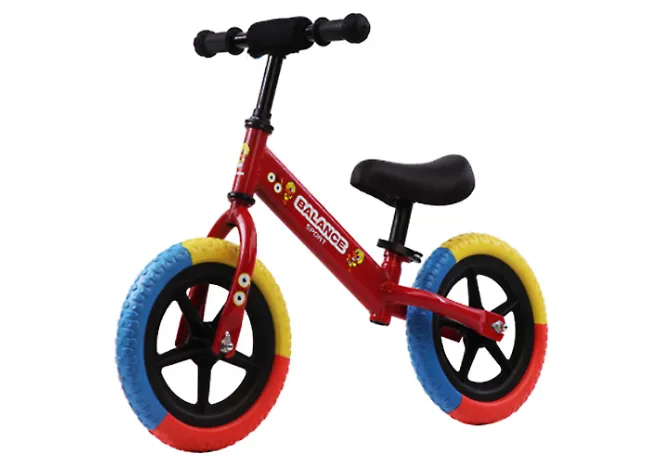
- Afrikaans
- Albanian
- Amharic
- Arabic
- Armenian
- Azerbaijani
- Basque
- Belarusian
- Bengali
- Bosnian
- Bulgarian
- Catalan
- Cebuano
- Corsican
- Croatian
- Czech
- Danish
- Dutch
- English
- Esperanto
- Estonian
- Finnish
- French
- Frisian
- Galician
- Georgian
- German
- Greek
- Gujarati
- Haitian Creole
- hausa
- hawaiian
- Hebrew
- Hindi
- Miao
- Hungarian
- Icelandic
- igbo
- Indonesian
- irish
- Italian
- Japanese
- Javanese
- Kannada
- kazakh
- Khmer
- Rwandese
- Korean
- Kurdish
- Kyrgyz
- Lao
- Latin
- Latvian
- Lithuanian
- Luxembourgish
- Macedonian
- Malgashi
- Malay
- Malayalam
- Maltese
- Maori
- Marathi
- Mongolian
- Myanmar
- Nepali
- Norwegian
- Norwegian
- Occitan
- Pashto
- Persian
- Polish
- Portuguese
- Punjabi
- Romanian
- Russian
- Samoan
- Scottish Gaelic
- Serbian
- Sesotho
- Shona
- Sindhi
- Sinhala
- Slovak
- Slovenian
- Somali
- Spanish
- Sundanese
- Swahili
- Swedish
- Tagalog
- Tajik
- Tamil
- Tatar
- Telugu
- Thai
- Turkish
- Turkmen
- Ukrainian
- Urdu
- Uighur
- Uzbek
- Vietnamese
- Welsh
- Bantu
- Yiddish
- Yoruba
- Zulu
Oct . 11, 2024 01:35 Back to list
how to tune a derailleur on a mountain bike
How to Tune a Derailleur on a Mountain Bike
Tuning the derailleur on your mountain bike is an essential skill for any cyclist. A well-tuned derailleur ensures smooth shifting, enhances performance, and prolongs the lifespan of your bike components. Here’s a step-by-step guide to help you achieve optimal tuning of your derailleur.
1. Gather Your Tools
Before you start, make sure you have the necessary tools at hand. You will need a 5mm Allen wrench, a Phillips screwdriver, and a bike stand or a wall to stabilize your bike.
2. Inspect the Derailleur
Begin by visually inspecting your derailleur. Look for any signs of damage or wear on the cable, housing, and derailleur itself. Replace any damaged parts before proceeding with the tuning process. Ensure the bike is in a stable position so that you can freely manipulate the gears without risk of the bike falling.
Use the 5mm Allen wrench to check the cable tension. Shift to the smallest chainring in the front and the largest sprocket in the back. If the chain doesn’t move smoothly to this position, it may need tightening. Loosen the cable anchor bolt slightly, pull the cable taut, and then re-tighten the bolt.
4. Adjust Limit Screws
how to tune a derailleur on a mountain bike

Limit screws determine how far the derailleur can move. For the rear derailleur, you’ll find two screws labeled H (high) and L (low). Shift to the smallest sprocket and adjust the H screw until the chain aligns perfectly with the sprocket. Then, shift to the largest sprocket and use the L screw to ensure the chain doesn’t overshift, preventing damage.
5. Fine-tune the B-Screw
The B-screw adjusts the distance between the derailleur and the cassette. It should be set so that there is a small gap (about 3-5mm) between the upper pulley wheel and the largest cog. This adjustment helps in maintaining smooth shifting and preventing excessive wear.
6. Test Shifting
Once adjustments are made, it’s time to test the shifting. Shift through all the gears multiple times, paying attention to any hesitations or skips. If you notice any issues, go back and fine-tune the cable tension or limit screws as necessary.
7. Regular Maintenance
Regularly check your derailleur and cables to ensure consistent performance. Keeping your drivetrain clean and well-lubricated will also enhance shifting efficiency and prolong the life of your components.
In conclusion, tuning the derailleur on your mountain bike is a straightforward process that can greatly improve your riding experience. With a little practice and the right adjustments, you can achieve smooth and precise gear changes on every ride. Happy cycling!
-
The Ultimate Kids' Four-Wheeler Experience
NewsJul.09,2025
-
The Ultimate Guide to Mountain Bikes: Gear Up for Your Ride
NewsJul.09,2025
-
The New Age of Cycling: Electric Bikes for Every Rider
NewsJul.09,2025
-
The Best Kids Bicycles: Ride in Style and Safety
NewsJul.09,2025
-
The Best 3-Wheel Scooters for Kids: Fun, Safety, and Adventure
NewsJul.09,2025
-
Revolutionize Your Ride: Affordable Electric Bikes
NewsJul.09,2025
-
Finding the Perfect Mountain Bike for Every Rider
NewsJul.09,2025



